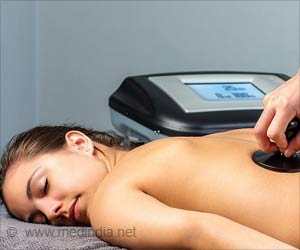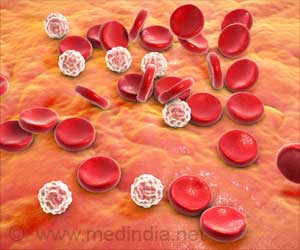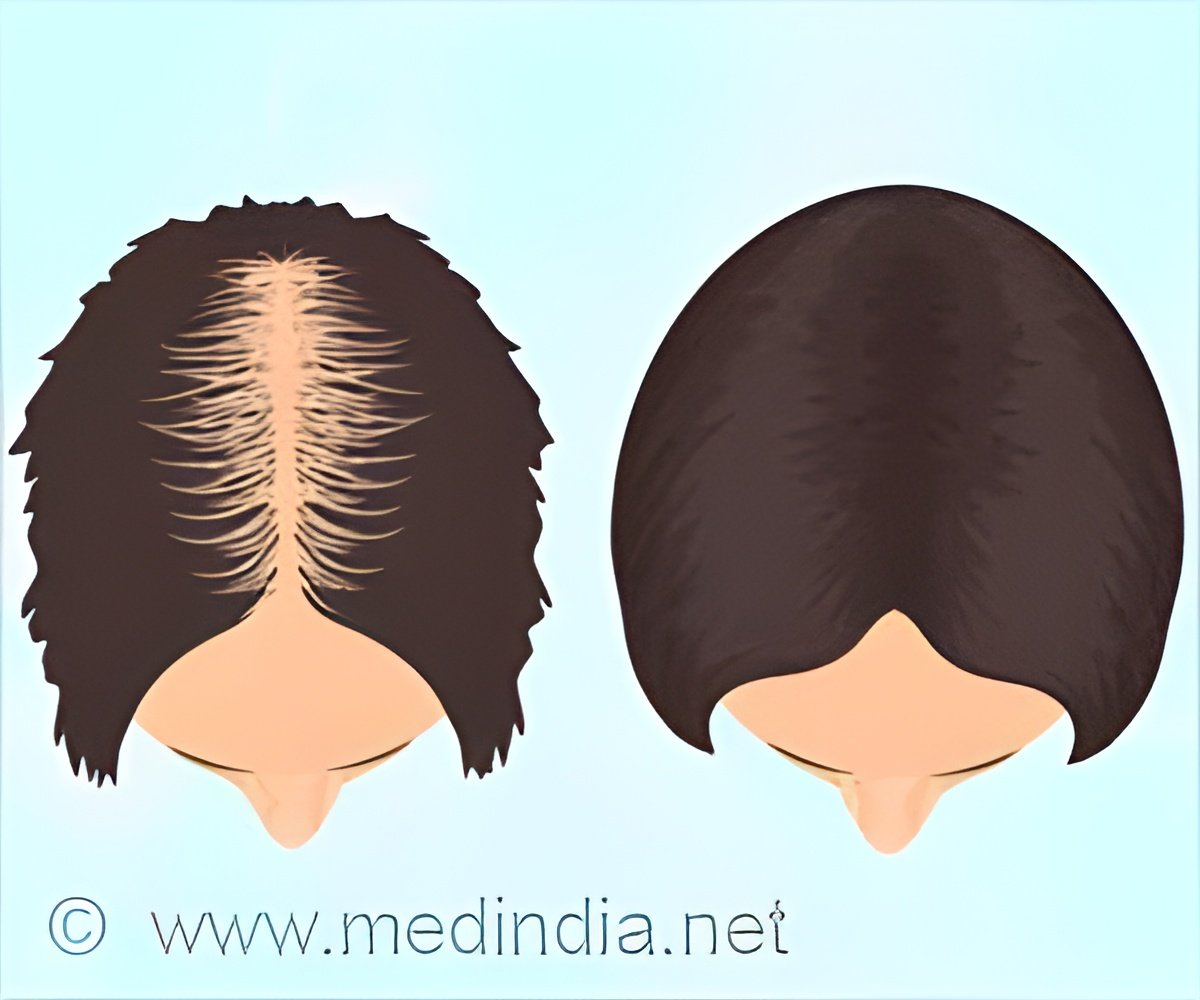The study involved 216 people who had painful diabetic neuropathy symptoms for at least one year that were not responding to medications. Half of the people received spinal cord stimulation plus regular medical treatment for six months.
Half received only regular medical treatment. After six months, people had the option to switch to the other treatment. People were followed for a total of two years.
Spinal cord stimulation involves a device that is implanted under the skin. The device delivers electrical stimulation to the spinal cord to cut off pain signals to the brain.
Advertisement
After six months, the people who received stimulation reported a 76% decrease in their average pain amount, while the people who did not receive stimulation had a 2% increase in their average amount of pain. In tests of their motor function, sensation, and reflexes, improvements were seen in 62% of those receiving stimulation compared to 3% of those receiving medication only.
A total of 93% of those receiving medication only and eligible to cross over chose to receive the stimulation after six months, while none of those receiving the stimulation wanted to receive medication only.
Some Hope for People with Diabetic Neuropathy
After two years, people reported an 80% improvement in their average pain amount, and 66% continued to have an improvement in motor function, sensation, and reflexes. None of the participants had their devices removed because they were not effective.
Eight people had infections related to the device. Three of those cleared up and five people, or 3%, had their devices removed due to infection, which Petersen said is within the range reported for people receiving spinal cord stimulation for other conditions.
High-frequency stimulation appears to provide greater pain relief than low-frequency stimulation. High-frequency stimulation also does not create the “pins and needles” sensation that comes with low-frequency stimulation.
This study demonstrates that high-frequency stimulation provides long-term pain relief with acceptable safety. The improvements in motor function, sensation, and reflexes suggest that this therapy could have disease-modifying potential.
Confirmation of results through studies in larger groups of people could further strengthen our understanding of this spinal cord stimulation therapy for the treatment of painful diabetic neuropathy.
Source: Eurekalert



